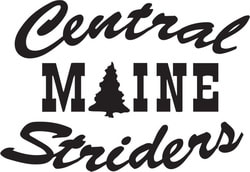|
So far "Running Backwards" has taken us to 1981, 1982, and 1999. Continuing our sprint forward in time, we're heading to 2011 in this issue. Don't worry, sooner or later, we're bound to stumble back into the 80's.
The front page of 2011 newsletters also always had a section called "Editor's News" at the bottom of the page, where Linda Benn would share short bits, club announcements, requests for more people to write front page articles, thanks to those who had submitted front page articles, and would often include a holiday greeting in months where holidays were coming up. Here are some excerpts from throughout the year: Gene Roy had the front page honors for May 2011 and waxed philosophically about whether or not running is a sport. You may notice that Page 2 starts out by saying that it was continued from Page 2. No, the Striders did not succeed in bending the fabric of newsletter space-time. Surprisingly, this ultramarathon-lasting copy-and-paste error persisted throughout every issue of The Interval from July 2008 until December 2011. I don't personally know Mike Brooks, but I do know that he raced a lot, traveled a lot, and wrote three front pages of The Interval in 2011 (and is still a CMS member today). Although all of his front page articles are interesting race reports from various corners of the US, it was his article on the back-to-back races he ran in Hawaii that was the most exciting to me. Here are some of the highlights of that article:
In April 2011, several Striders ran in the Unity Spring 5k and in the Fly Like an Eagle 5k (which was a race held at Erskine Academy in South China). Ron Paquette took over the front page article in June of 2011 and offered his thoughts on the cost of running. The July edition of the newsletter featured an early version of "Running Backwards", or at least a look back at the results of the Joseph's 5k from 20 years earlier. We're not sure what top secret information got redacted here. Gene Roy used the front page of the October 2011 Interval to tell a story about telling stories.
Gene, I think some runners "Now Now" (2020) would disagree with some of your claims about "Now" back then or even "Then" back then, but you're still more than welcome to tell us some stories, regardless of whether they're from "Then" or "Now" or "Now Now". We won't even mind if you've told them before. We're happy to have you as a Central Maine Strider, for both the contributions you made back "Then" and the contributions you continue to make to the club "Now Now." The November 2011 issue of The Interval featured a front page article by Ron Paquette, which featured a nice piece about crickets that he found in Ultrarunning Magazine. David Benn used his time to write the front page Interval article in December 2011 to cover the Champions Thanksgiving Day 10k. Mike Brooks had been mentioned several times in this edition of Running Backwards. For those of you who don't know who he is, Ron Paquette has this great writeup about Mike in the December 2011 newsletter. And just like that, we've made it to the end of 2011. Thanks for jogging back with us. We hope you enjoyed it!
Comments are closed.
|
Categories
All
Archives
July 2024
|
|
All current dues-paying members of the
Central Maine Striders receive a 10% discount at RunningWarehouse.com |
Copyright © 2015-2020 - Central Maine Striders, Inc.
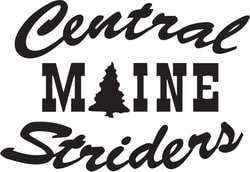
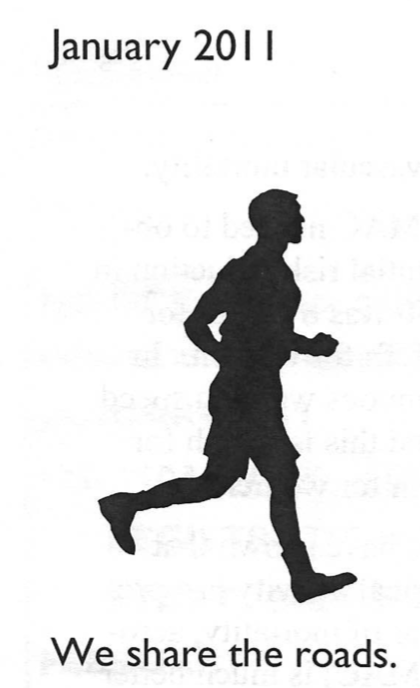


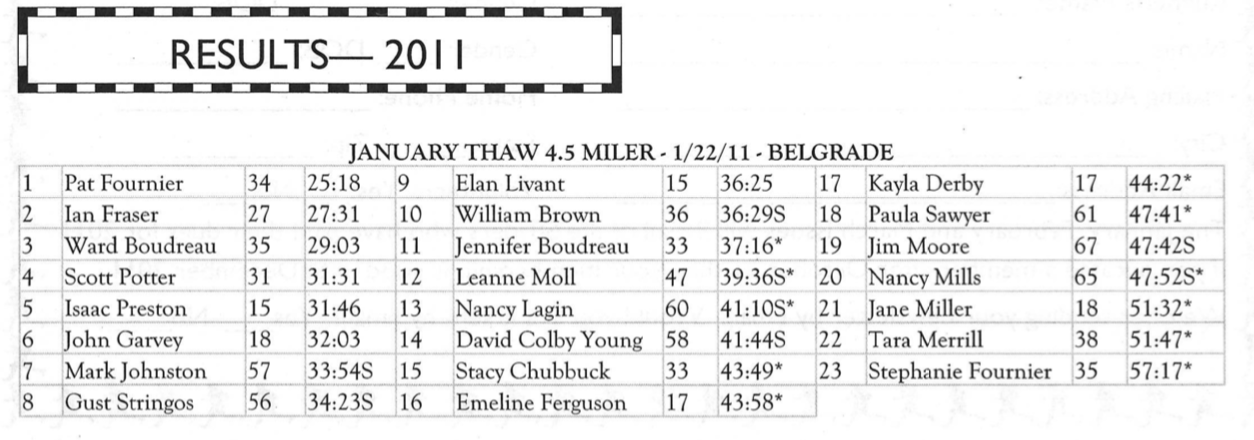



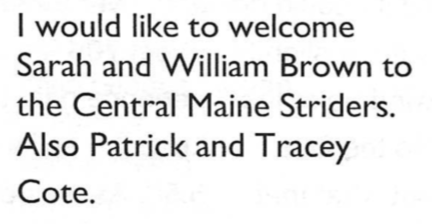
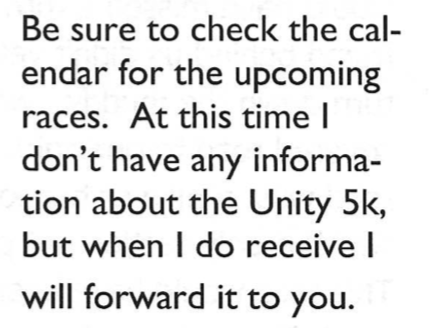
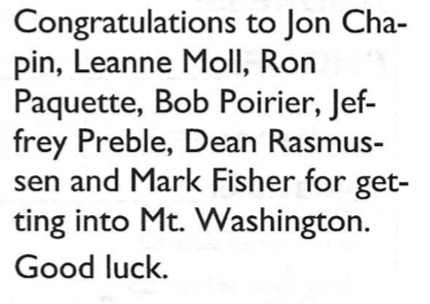
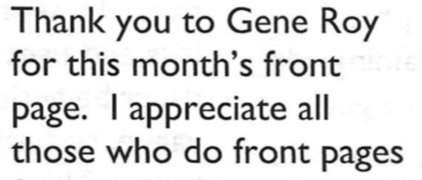

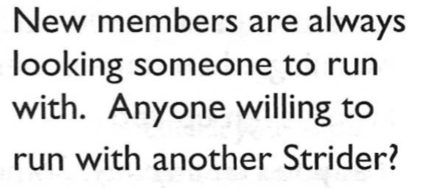


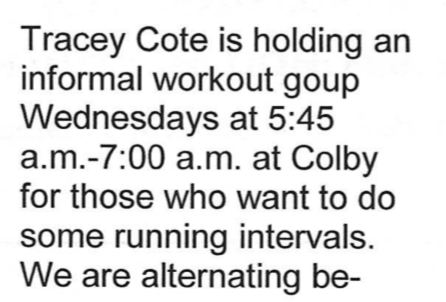
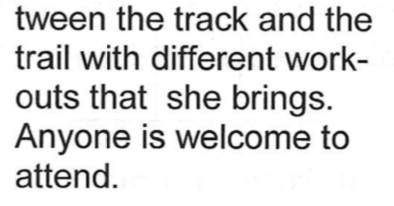
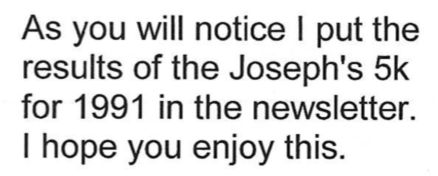
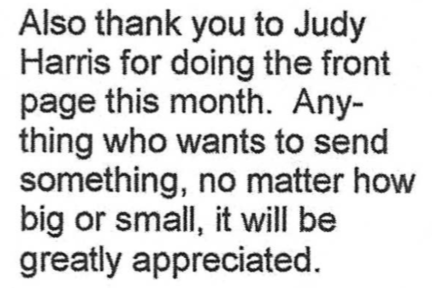
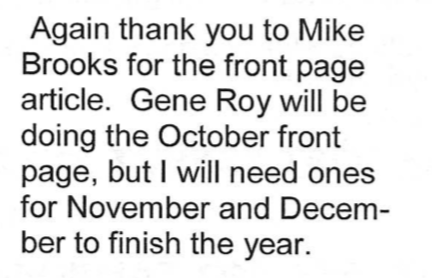

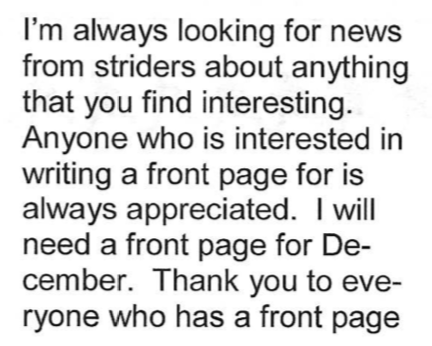

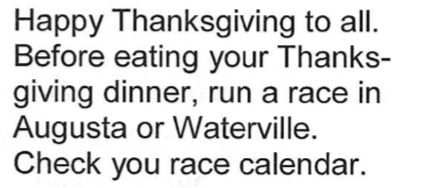
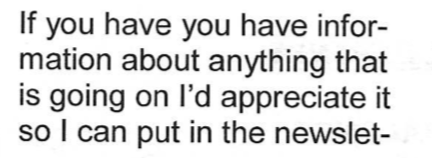
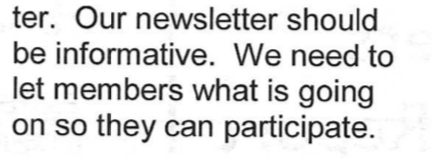

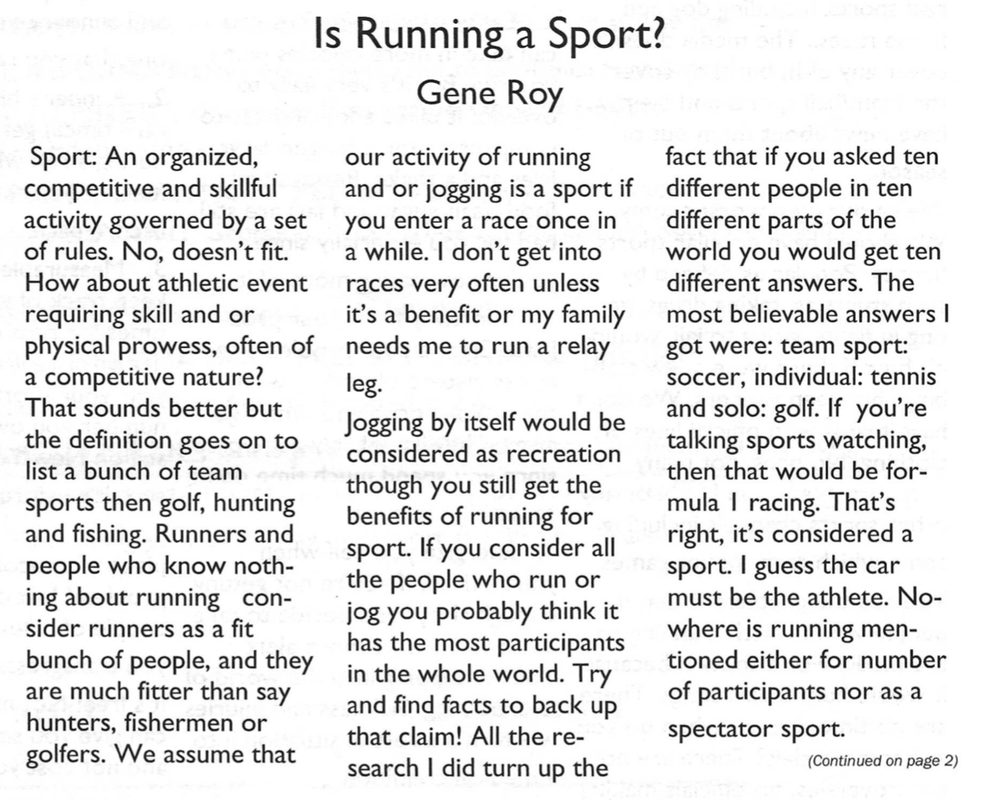















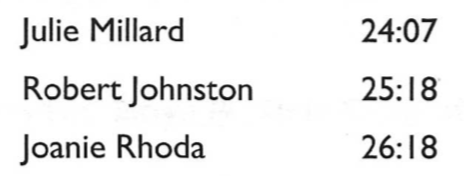

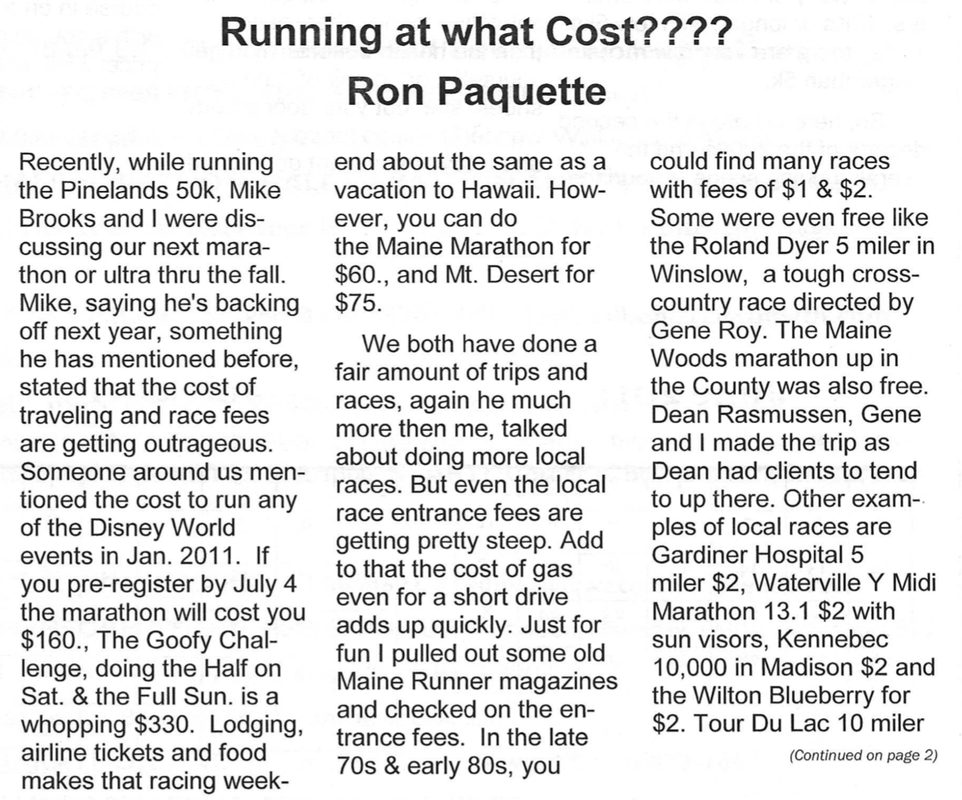
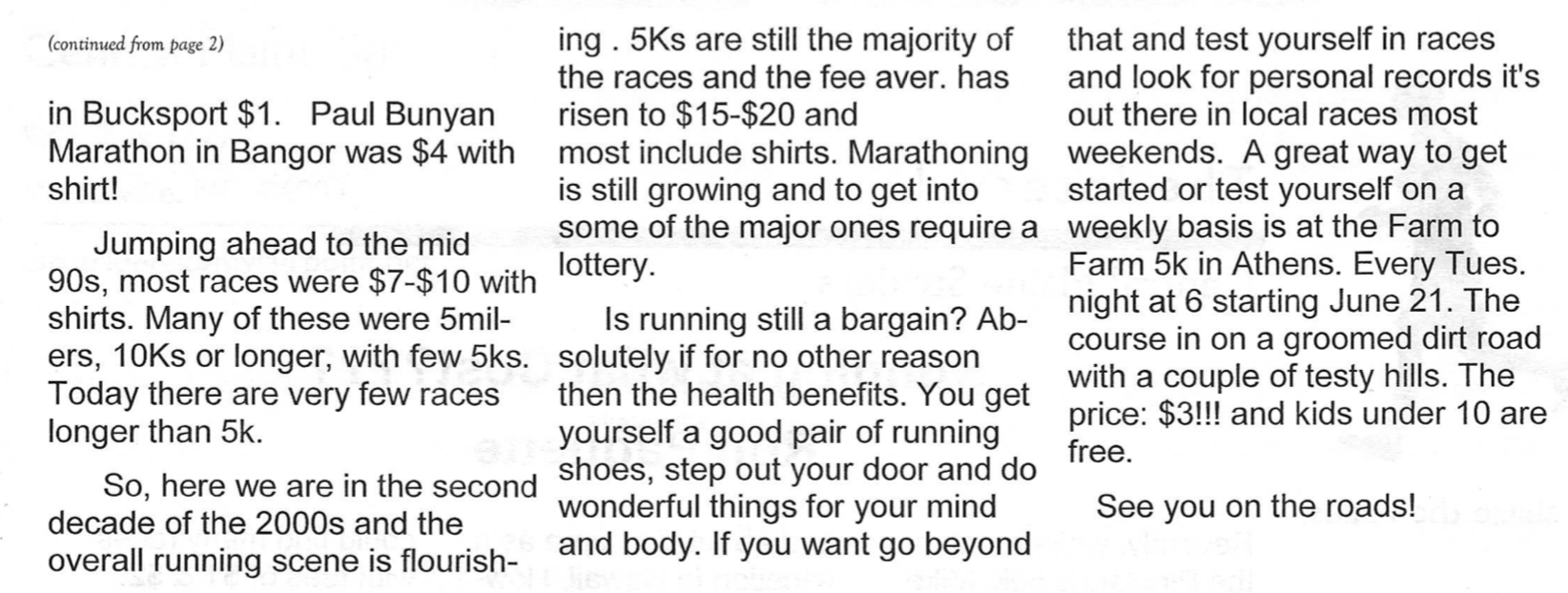

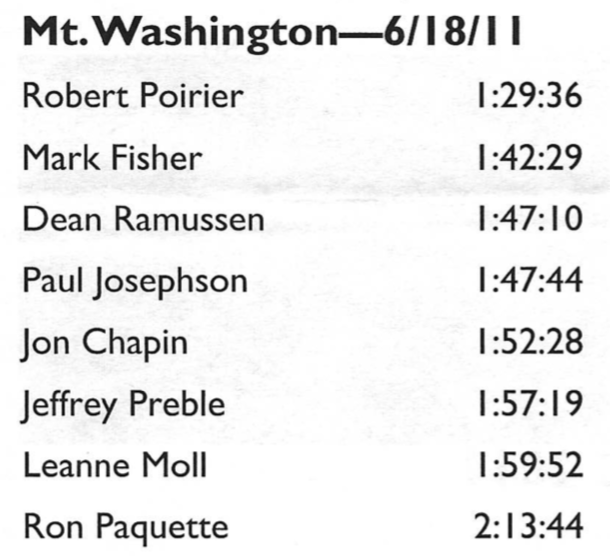

















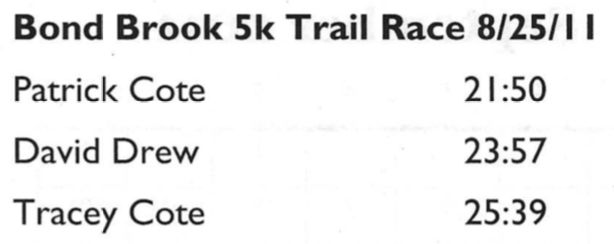









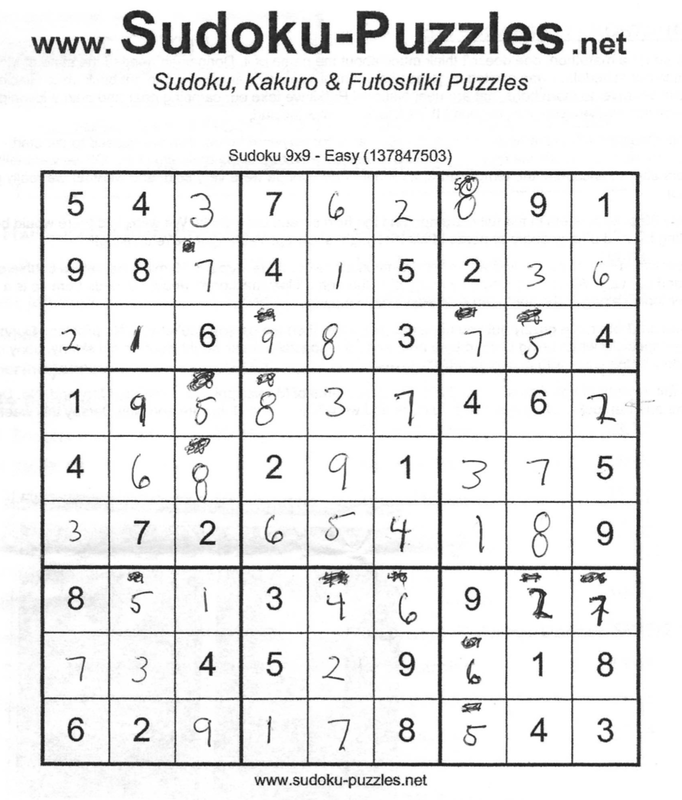
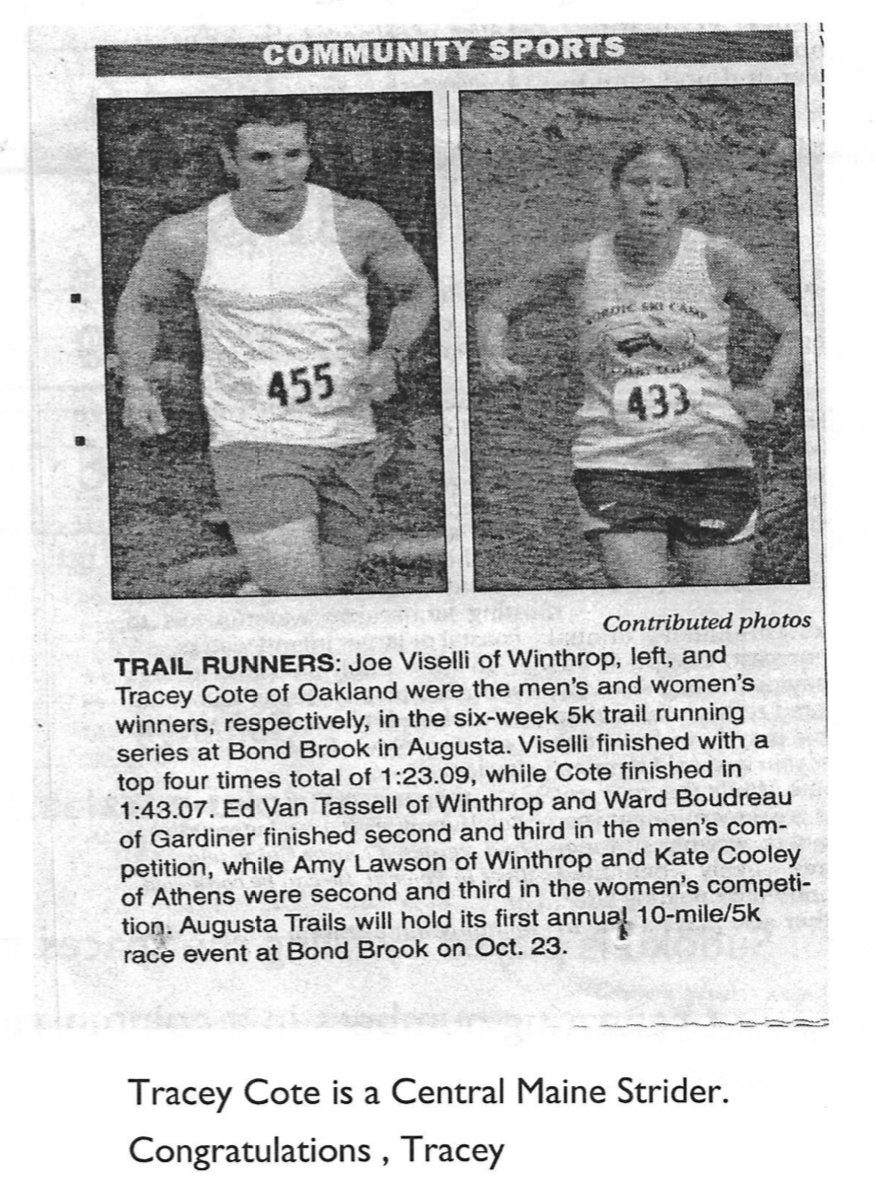
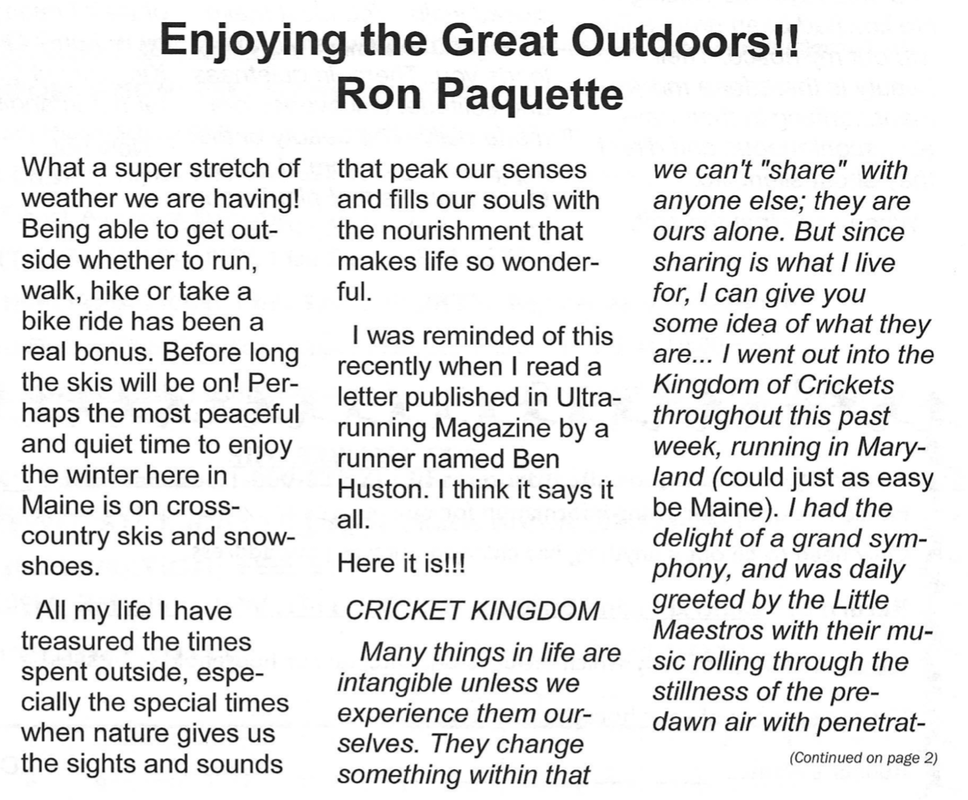
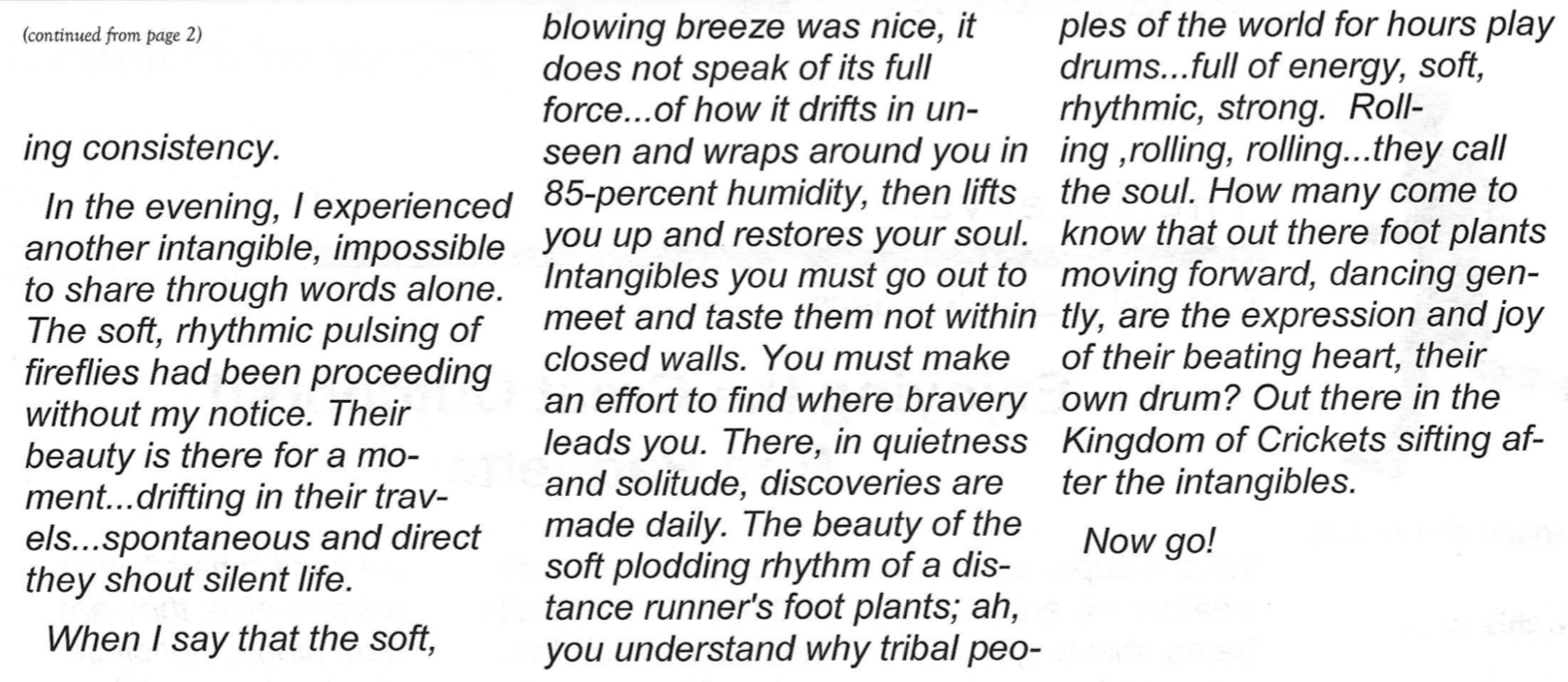

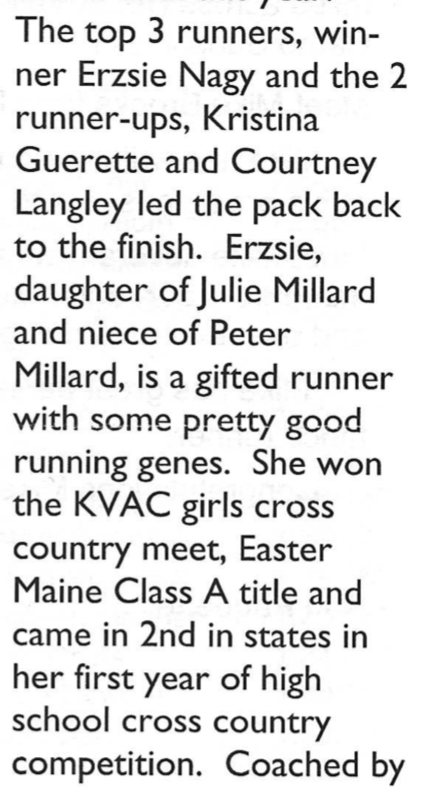
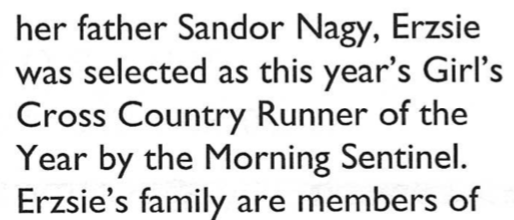






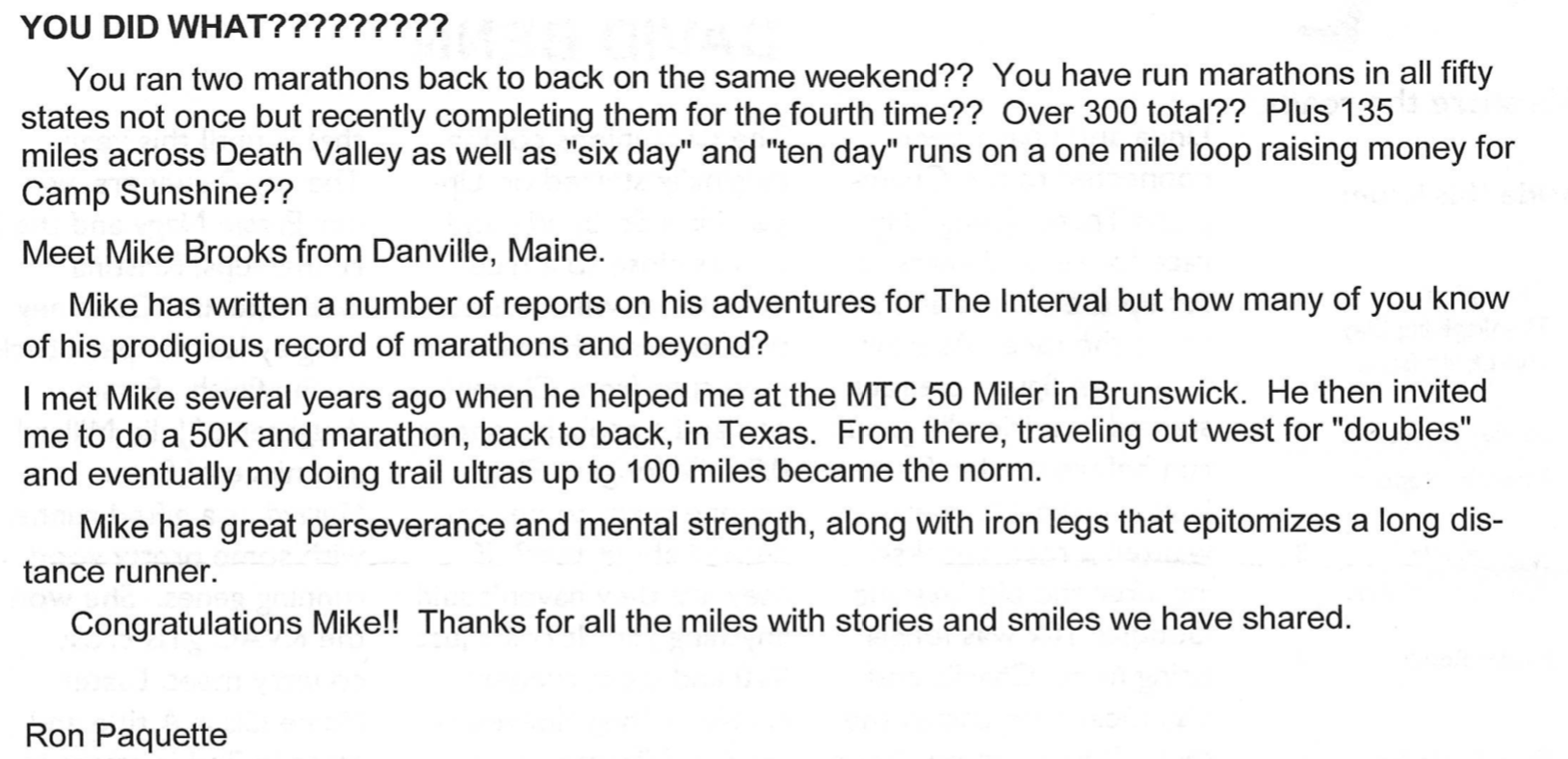
 RSS Feed
RSS Feed
